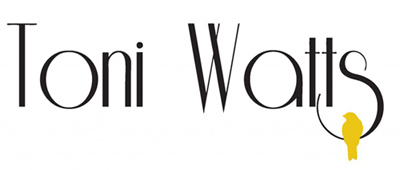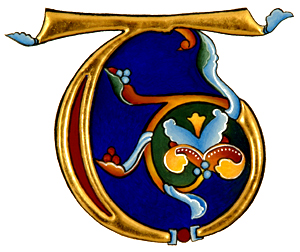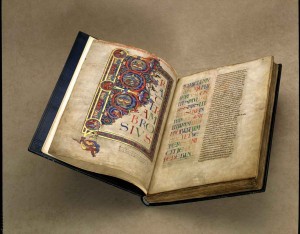The shape of this letter B is taken from the Bury Bible. This is a large twelfth century hand written Bible, illuminated with gold leaf. Each page measured 52.5 x 35 cm, which was just about the largest size page that could be made from a whole calfskin at the time. The whole Bible was originally bound in two volumes, and needed 350 skins to make it.
It was commissioned by Herveus, the sacrist of Bury St Edmunds, one of the wealthiest Benedictine monasteries. It was painted by Master Hugo (act. c.1130-1160), the earliest professional artist documented in England. He was a multi-talented craftsman who produced various items for Bury: a beautiful cross for the abbey choir, a great bell in the crossing tower and a set of decorated metal church doors. We don’t know where he was born, or where he trained, but his painting style suggests he had travelled at least to southern Italy and probably also to Byzantium, Cyprus and even the Holy Land.
It was obviously a book of some value when it was made, and was thought to have been used at the High Altar. However, a 15th century register refers to it as a Refectory Bible, and it may always have been intended for use at meal times to be read from aloud to the monks and novices whilst eating.
What remains today is just the first volume of the great book, ending at the Book of Job. The remaining volume is lost, and is assumed to have been destroyed.
Forty-two initials in gold and colour survive from an original forty-four, this T being one of them – although I have taken small liberties with the colours!
The letter shape is made from 24 carat gold leaf on gesso, and the painting done in egg tempera.


